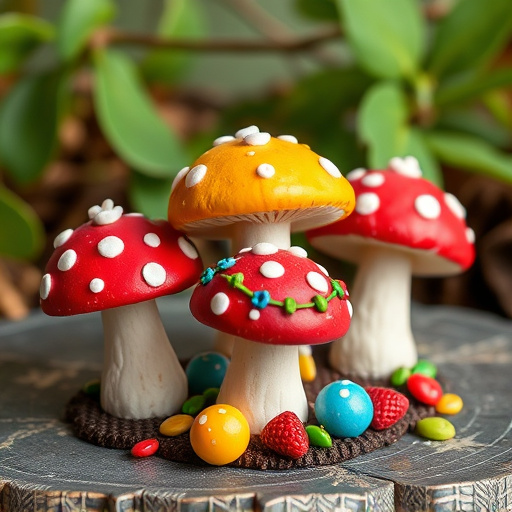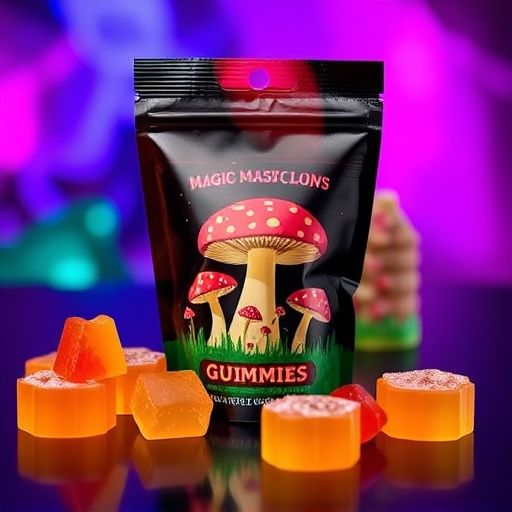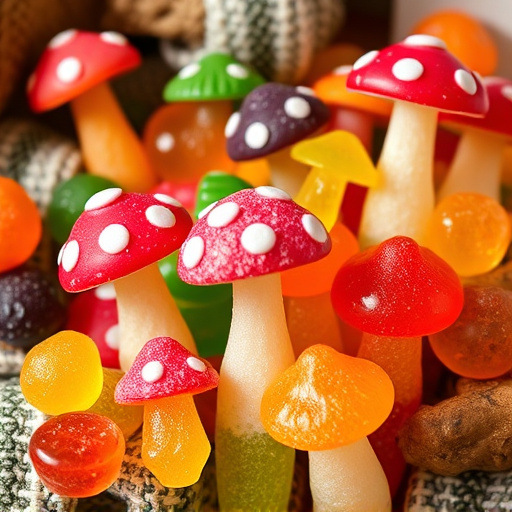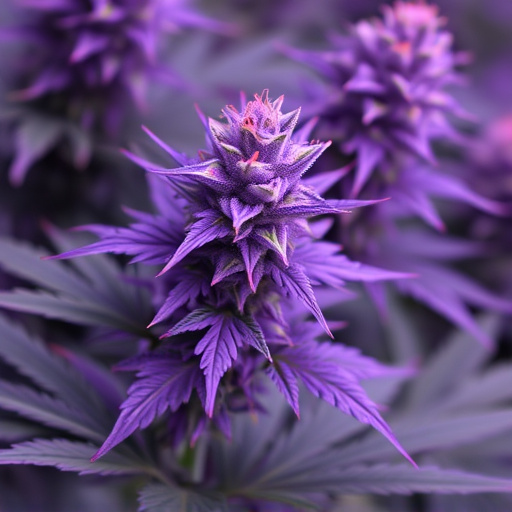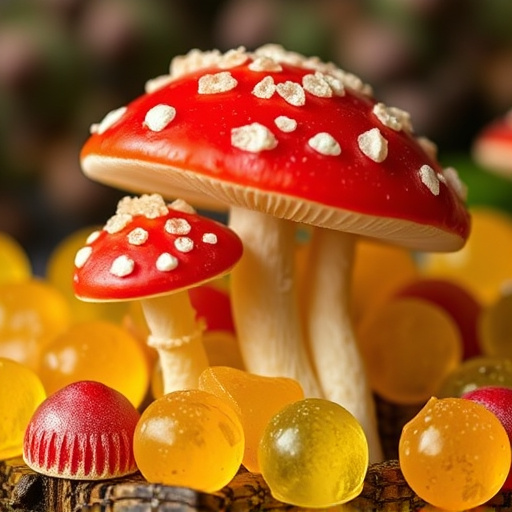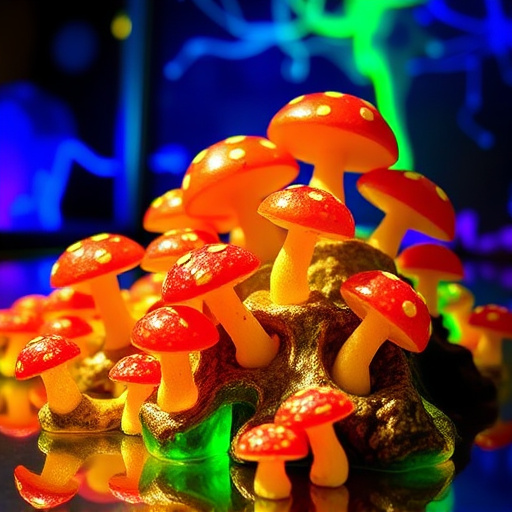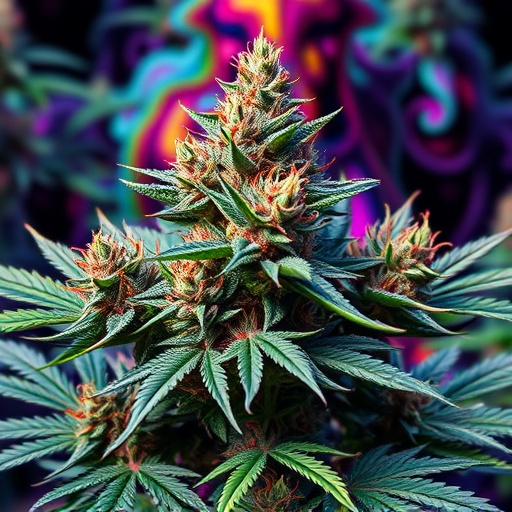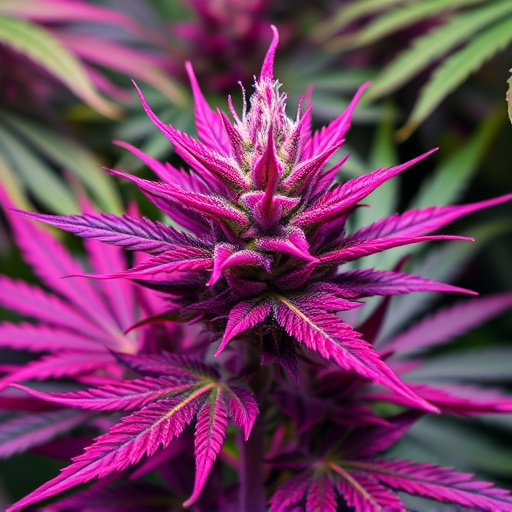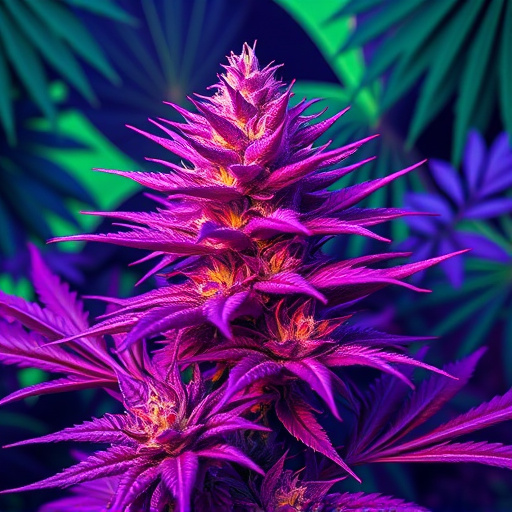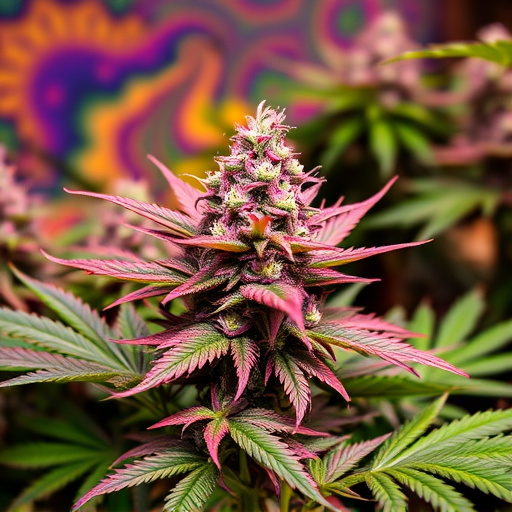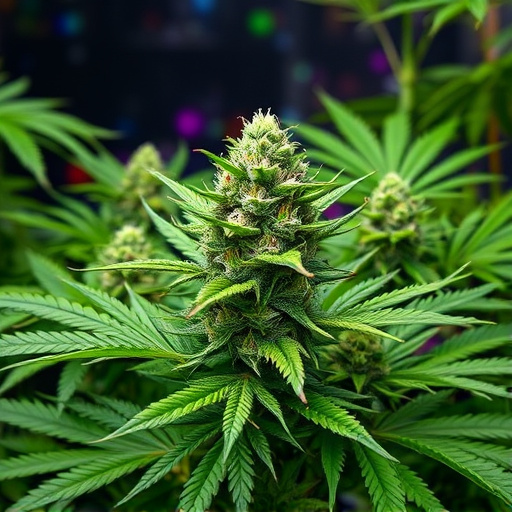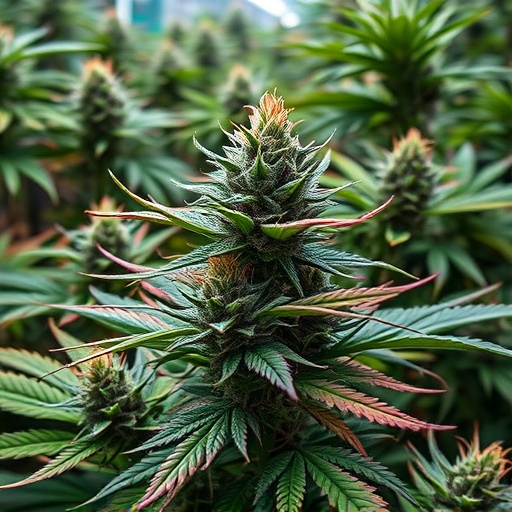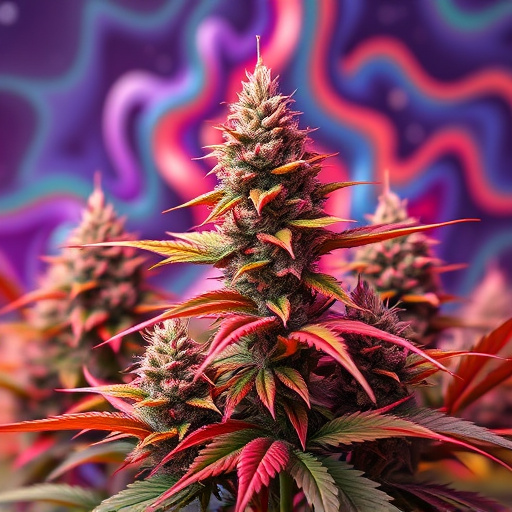The environment profoundly shapes the characteristics of psychedelic cannabis strains. Indoor cultivation provides precise control over climate and light, enabling consistent, high-quality yields year-round, while outdoor growing relies on natural cycles, leading to variations in temperature, light, and growth rates, resulting in diverse terpene profiles and potential higher THC levels. These environmental differences contribute to the varied experiences associated with indoor and outdoor psychedelic strains. Growers can manipulate conditions indoors to tailor specific traits, catering to diverse consumer preferences.
Discover the intriguing differences between indoor and outdoor-grown cannabis flowers in this comprehensive guide. Environmental factors play a pivotal role in shaping the final characteristics of these plants, from their physical traits to their chemical profiles. Explore how light exposure, climate control, and nutrient availability influence the development of iconic cannabis strains, particularly those known for their potent psychiatric effects. Uncover the secrets behind the diverse terpene profiles and cannabinoid content that make indoor and outdoor flowers unique.
- Environmental Factors: The Key Distinguisher
- – Outdoor vs indoor growing conditions and their effects on cannabis plants
- – Discussion on light exposure, climate control, and nutrient availability
Environmental Factors: The Key Distinguisher

The environment in which cannabis plants are grown plays a pivotal role in shaping the final characteristics of the flowers, or buds. This is especially true for psychedelic cannabis strains, where environmental factors can significantly influence the levels of desired compounds like THC and CBD, as well as the unique aromatic profiles that contribute to their mind-altering effects.
Indoor cultivation provides precise control over variables such as temperature, humidity, light intensity, and duration, allowing growers to optimize conditions for specific strain traits. This meticulous approach often results in faster flowering times and higher yields of consistent quality. Conversely, outdoor growing relies on natural cycles, offering a more organic but less predictable outcome. Outdoor cannabis plants typically experience broader temperature ranges, varying light intensities throughout the day, and a slower growth rate due to seasonal changes. These environmental differences can lead to distinct cannabinoid and terpene profiles, ultimately shaping the diverse experiences associated with indoor and outdoor psychedelic cannabis strains.
– Outdoor vs indoor growing conditions and their effects on cannabis plants
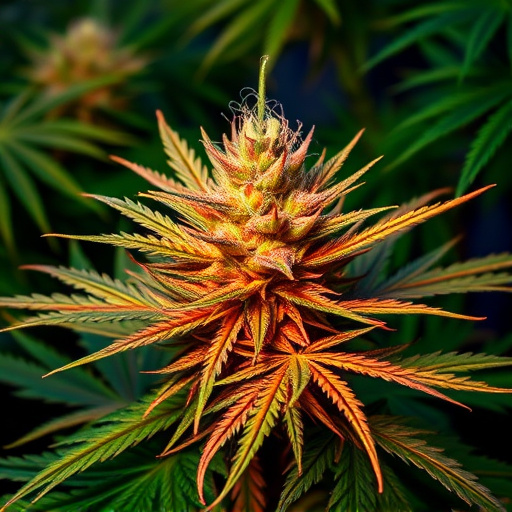
Cannabis plants, particularly those cultivated for their psychedelic strains, thrive in distinct growing environments—outdoor and indoor settings—each offering unique advantages and shaping the final product’s characteristics. Outdoor cannabis cultivation harnesses nature’s elements, allowing plants to grow naturally under sunlight, fresh air, and varying temperatures. This method often results in robust, resinous flowers with a wide range of terpene profiles, contributing to diverse sensory experiences. Outdoor-grown cannabis is celebrated for its potential higher THC levels and distinct flavor notes, making it appealing to those seeking potent, aromatic psychedelic strains.
In contrast, indoor growing environments provide controlled conditions, enabling growers to precisely manage light cycles, temperature, and humidity. This meticulous control fosters optimal plant growth and allows for year-round cultivation. Indoor cannabis flowers may have slightly different terpene compositions compared to their outdoor counterparts due to the absence of environmental stressors. Growers can manipulate these factors to encourage specific traits in the plants, leading to consistent, high-quality yields of psychedelic cannabis strains with tailored characteristics, catering to various consumer preferences.
– Discussion on light exposure, climate control, and nutrient availability
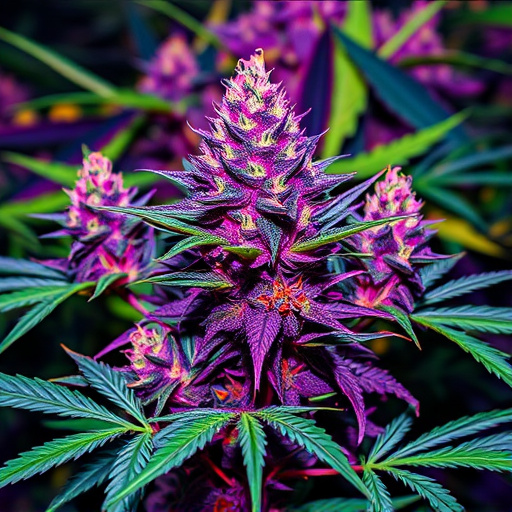
The cultivation environment plays a pivotal role in distinguishing between indoor and outdoor cannabis flowers, particularly for those seeking the unique effects of psychedelic cannabis strains. Indoor cultivation offers precise control over light exposure, climate, and nutrient delivery. Growers can manipulate light cycles to encourage floral development and enhance the concentration of desired cannabinoids and terpenes. Climate control ensures optimal temperature and humidity levels, allowing for year-round cultivation and consistent harvests. Moreover, indoor setups permit meticulous monitoring of nutrient availability, ensuring plants receive the ideal balance of essential elements for robust growth and high-quality flowering.
In contrast, outdoor cannabis plants are at the mercy of natural light cycles, climate variations, and resource accessibility. They typically thrive in warm, sunny climates with well-drained soil rich in organic matter. Outdoor cultivation allows plants to benefit from sunlight, which can lead to richer terpene profiles and potentially higher THC levels compared to indoor-grown counterparts. However, unpredictable weather conditions and varying light exposure might affect harvest quality and consistency. For psychedelic cannabis strains, the ability to control environmental factors indoors provides cultivators with a greater degree of precision in creating ideal growing conditions for their unique properties, ensuring a more reliable experience for consumers.
In conclusion, understanding the distinction between indoor and outdoor grown cannabis flowers is essential for cultivators and enthusiasts alike. The environmental factors, particularly light exposure, climate control, and nutrient availability, play a pivotal role in shaping the final characteristics of psychedelic cannabis strains. By recognizing these differences, growers can optimize their cultivation techniques to produce the desired effects and aromas that cater to various consumer preferences.
